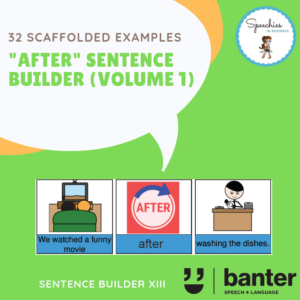(L244) Sentence Builders: “After”
$5.99 including GST
One reason “after” is difficult to understand in sentences is that, sometimes, the sequence of events described does not match the word order of the sentence, e.g. “Put on your jacket after you put on your shoes”. Many people with language difficulties use a strategy of doing things in the order they are named.
In this 18-page language workout, we provide lots of examples of “after” in familiar routines, presented chronologically to emulate a simple narrative.
We have elected to use “after” as a conjunction (rather than as a preposition, adverb or adjective) to stimulate complex sentence development. We have used pictures as well as the words to support people with different strengths and skill levels.
Description
Around the age of 30-36 months, typically developing children start to understand the basic meaning of “after” in familiar contexts. “After” (as a conjunction) means during the period of time following (an event), and is an old word, coming to us from Old English. For many people – including people learning English as a second language and/or people with developmental language disorders – understanding and using “after” correctly is very difficult.
One reason “after” is difficult to understand in sentences is that, sometimes, the sequence of events described does not match the word order of the sentence, e.g. “Put on your jacket after you put on your shoes”. Many people with language difficulties use a strategy of doing things in the order they are named. This is why many young children hearing the instruction above will put on their jackets first, and then their shoes, rather than the other way around.
In this 18-page language workout, we provide lots of examples of “after” in familiar routines, presented chronologically to emulate a simple narrative.
We have elected to use “after” as a conjunction (rather than as a preposition, adverb or adjective) to stimulate complex sentence development. We have used pictures as well as the words to support people with different strengths and skill levels.

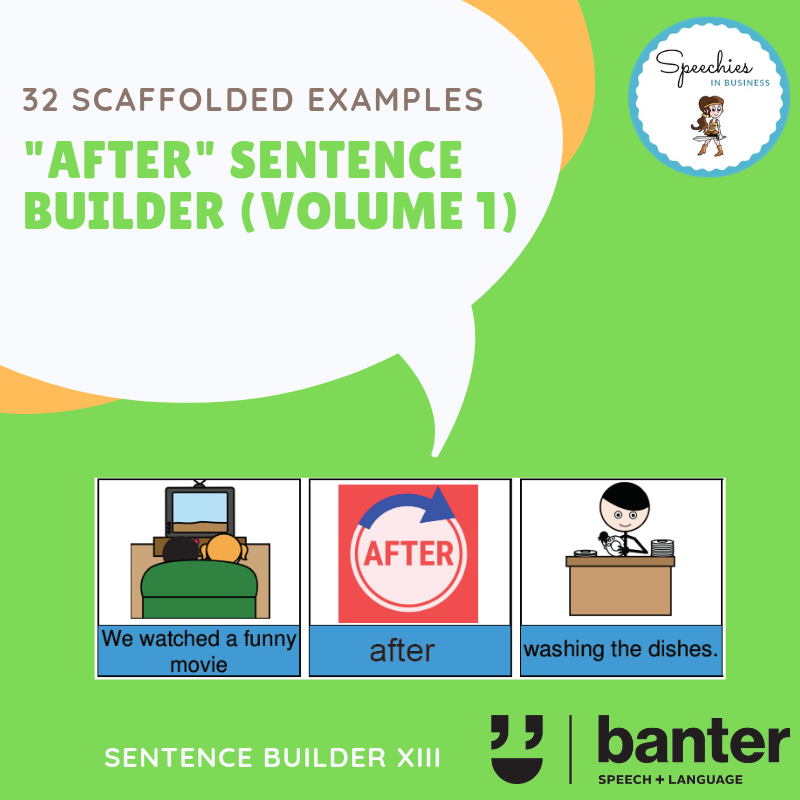
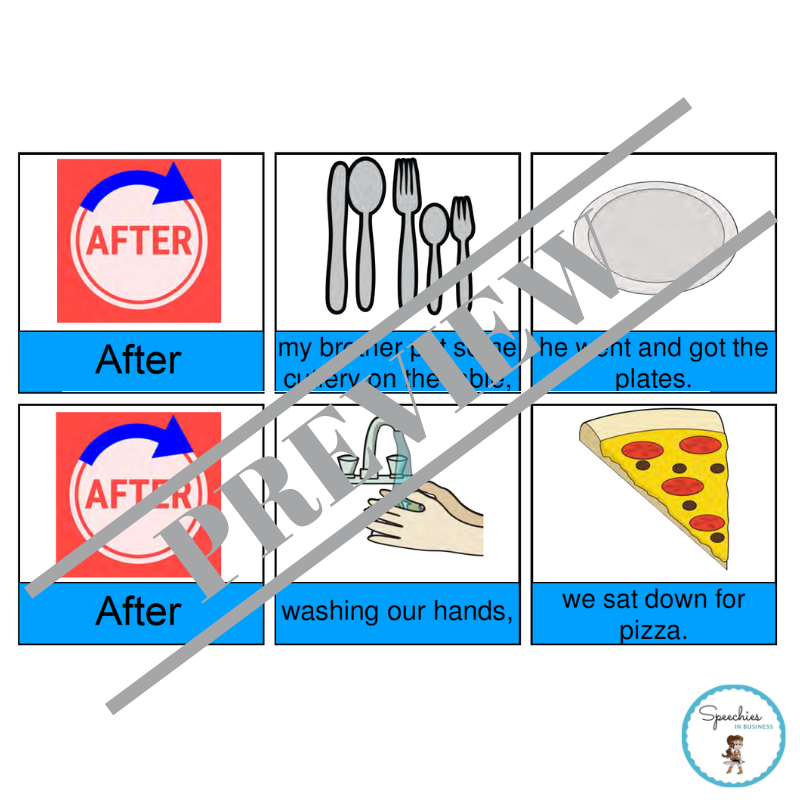
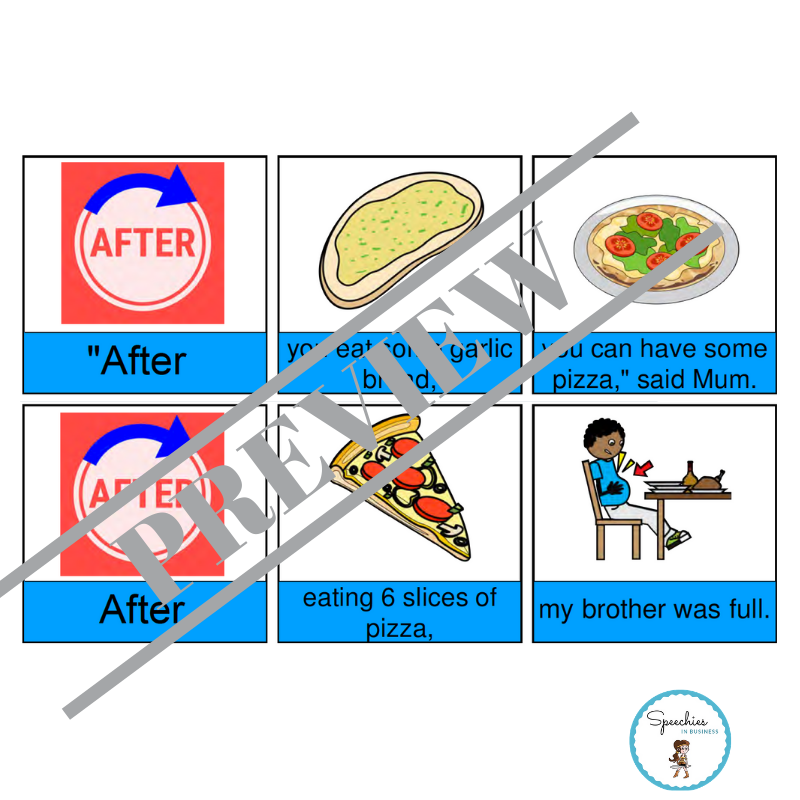
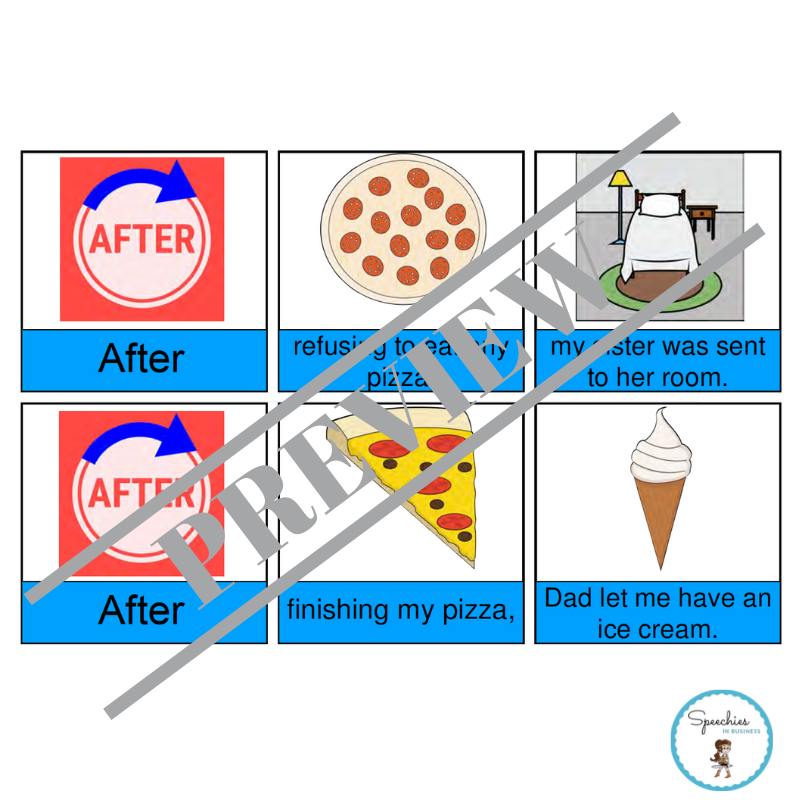

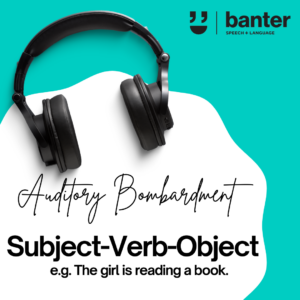
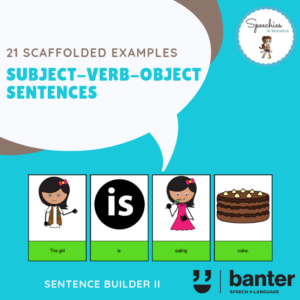
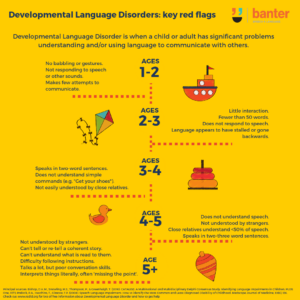
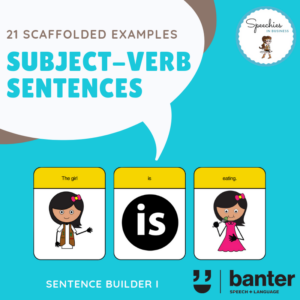
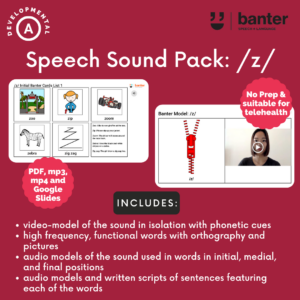 (A120) Speech Sound Pack (Initial, Medial and Final) - /z/
(A120) Speech Sound Pack (Initial, Medial and Final) - /z/ 